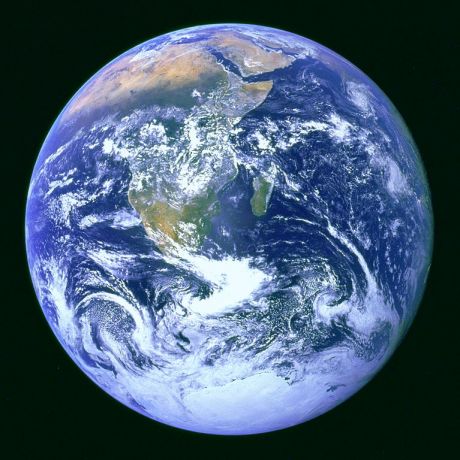Monitoring greenhouse gas from space requires laser sources with high power output and high beam quality. However, existing laser sources for Earth observations are based on bulky solid state lasers. Within the
BRITESPACE (High brightness semiconductor laser sources for space applications in Earth observation) project, the researchers aim to demonstrate that semiconductor-based lasers can be used for remote sensing of atmospheric gases.
Thanks to their compact size and high reliability, the new generation of high-brightness semiconductor lasers brings significant advantages over other laser sources. Such semiconductor lasers emitting at two different wavelengths between 1 500 - 1 600 nanometres has been designed for light detection and ranging (LIDAR) measurements. It would be mounted in a space-compatible laser module with beam forming optics and control electronics.
During the first reporting period of the BRITESPACE project, prototypes of the system have been developed. These consist of a commercially available laser as the transmitter and opto-electrical elements for signal detection (integrating sphere, photon counting detector, filter, and guide laser for alignments). The final system will be used as the transmitter unit of a LIDAR system enabling measurements of carbon dioxide in the atmosphere.
The parametric studies carried out to date promise a relatively high sensitivity for measurements of carbon dioxide concentration from a space-borne and a ground-based platform. On the other hand, simulations reveal that the performance of the proposed LIDAR system suffers from ambient light noise and noise from the detector dark count.
The BRITESPACE project has enhanced our knowledge about semiconductor lasers and identified areas that need to be addressed for Earth observation applications. Advanced LIDAR technology enabling faster and more reliable monitoring of greenhouse gases in the atmosphere should also help in the struggle against global warming.

